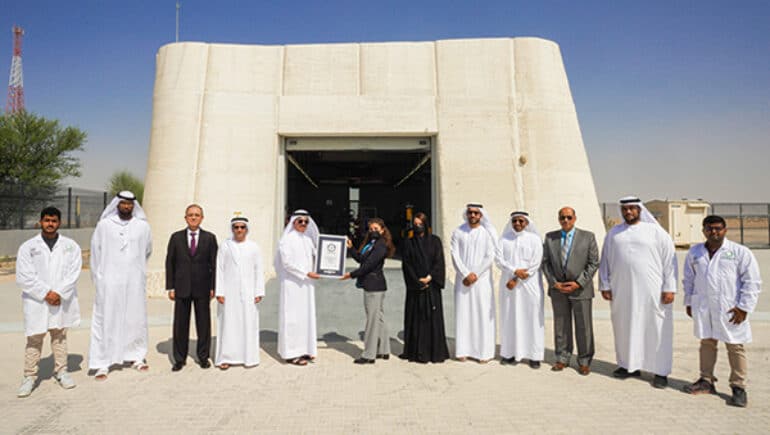

In order to achieve this, a combination of experimental examinations, numerical studies, parametric investigations and analytical assessments, is employed in this research. Reliable design and assessment of such hybrid systems necessitate modifications to typical procedures used for reinforced concrete members including a detailed evaluation of the governing ultimate criteria. They cannot also be classified as fully composite steel/concrete members where design rules and safety checks from composite codes such as Eurocode 4 apply. Such hybrid configurations are not conventional reinforced concrete members and cannot directly follow the design philosophy stipulated in reinforced concrete design codes such as Eurocode 2.

The research presented in this thesis examines the inelastic response of hybrid structural systems in which steel columns are connected to reinforced concrete beams using fully embedded structural steel profiles. However, a detailed understanding of the inelastic behaviour of such systems as well as reliable representation of their ultimate failure criteria, remain largely lacking.

To this end, the synergetic use of reinforced concrete floor and steel column systems in multi-storey buildings offers an attractive structural solution that can provide significant benefits in terms of speed of construction, reduction in column sizes and favourable structural performance. There is a growing recognition of the merits of faster construction in terms of monetary benefits and reduction in urban disruption.


 0 kommentar(er)
0 kommentar(er)
